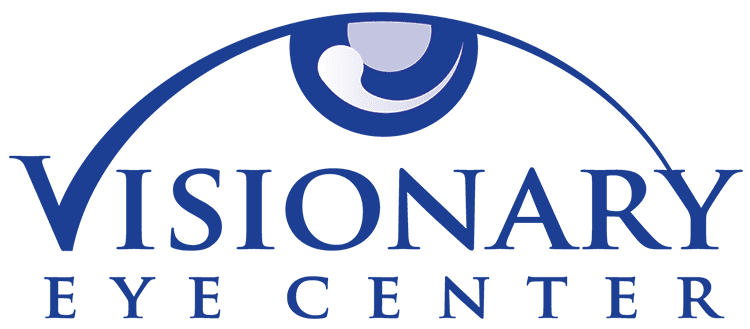Conditions of the eye that involve a misfocusing of light are called refractive conditions. There are four main refractive conditions including myopia, hyperopia, astigmatism and presbyopia. All of these conditions can be aided by glasses and contact lenses.
Myopia
Myopia or nearsightedness is the most common type of refractive condition and is typically described as the inability to see far away. It is often thought of as the eyeball being too long and the light is focused in front of the retina. Rates of myopia in the United States has seen a rise over the last 40 years to over 40% of our population and climbing. This epidemic rise has many patients and parents concerned. While although the exact cause of myopia is unknown, new research is has emerged with ways to fight this growing problem and prevent our children from getting worse.
FIND OUT MOREHyperopia
Hyperopia or farsightedness is the opposite of myopia in most ways. Most people think of farsightedness as the inability to see up close, but in reality most mild to moderate hyperopes are able to see 20/20 at near. Hyperopia is better explained as the eyeball being too short, so the light is focused behind the retina. The young hyperope can use their abundant focusing system (called accommodation) to focus through their refractive error, but this often causes headaches and eye strain. Many farsighted children are missed during school screenings and their grades suffer as they struggle to concentrate on their schoolwork.
Astigmatism
Astigmatism is probably the least understood of the refractive errors, but is actually quite common with 1/3 of Americans having a significant amount and most people having at least a quarter diopter’s worth. Often it is explained as a football shaped eye, with a flat and a steep meridian that causes light to separate into two perpendicular lines of focus. These lines may be focused either in front, on or behind the retina. For the astigmatic patient, objects in certain orientations are clear while in others they are very blurry. These patients often complain of glare and halos, along with headaches and fluctuating vision.
Presbyopia
Presbyopia is the loss of your natural focusing system as you age past 40 years old. The prevailing theory is that your natural lens loses it’s flexibility, along with a thickening of the lens and atrophy of the focusing muscle (ciliary body). Currently there is no way to restore your focusing ability, and reading glasses and bifocals are needed to help the presbyopic patient.
For those fortunate few, having no refractive error is called emmetropia. This is a condition rarely seen in our office as perfect eyesight is hard to come by and most individuals have a small correction that can be measured.
 775.827.1100info@visionaryeyecenter.com8175 South Virginia Street Suite B-900
775.827.1100info@visionaryeyecenter.com8175 South Virginia Street Suite B-900